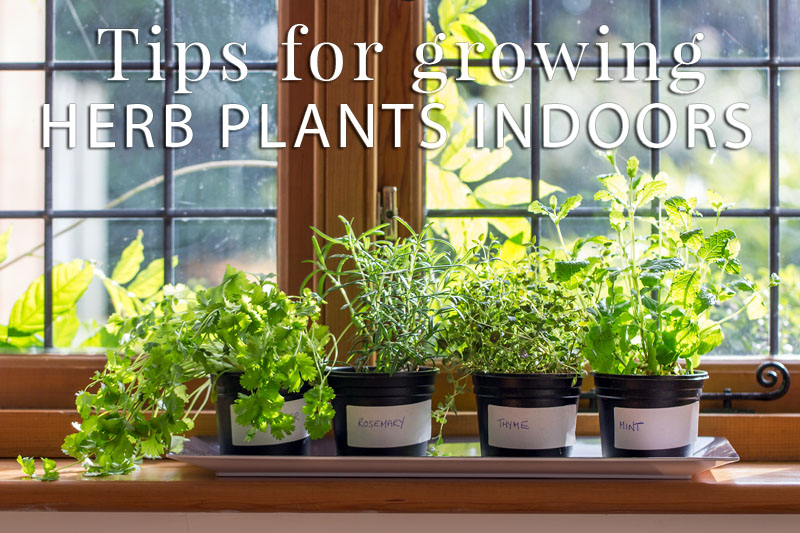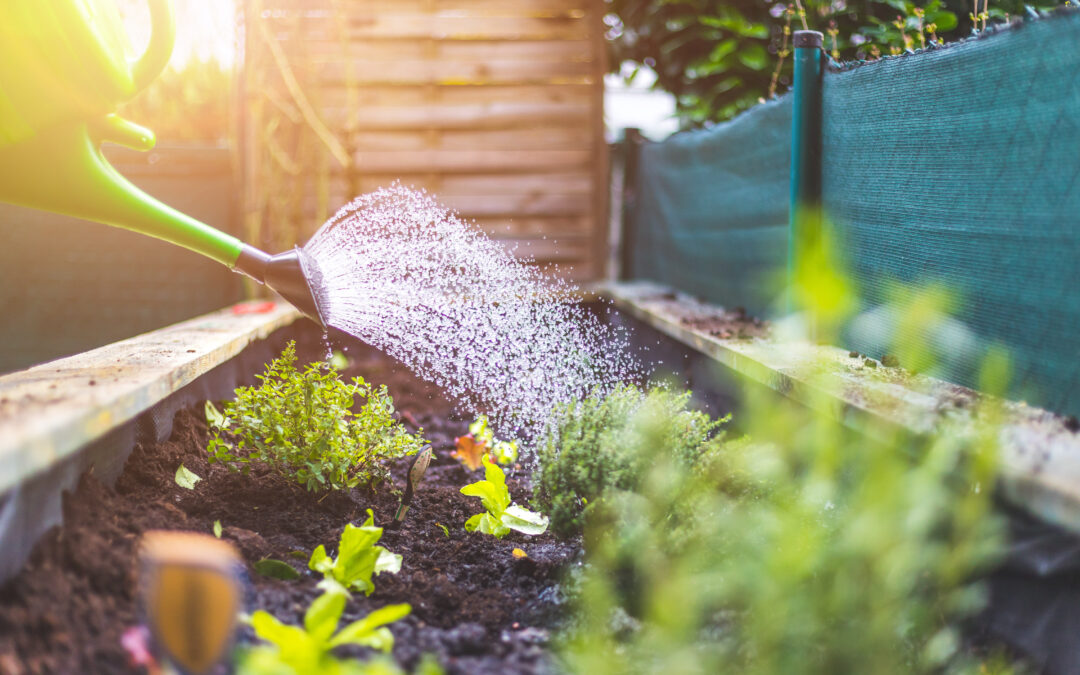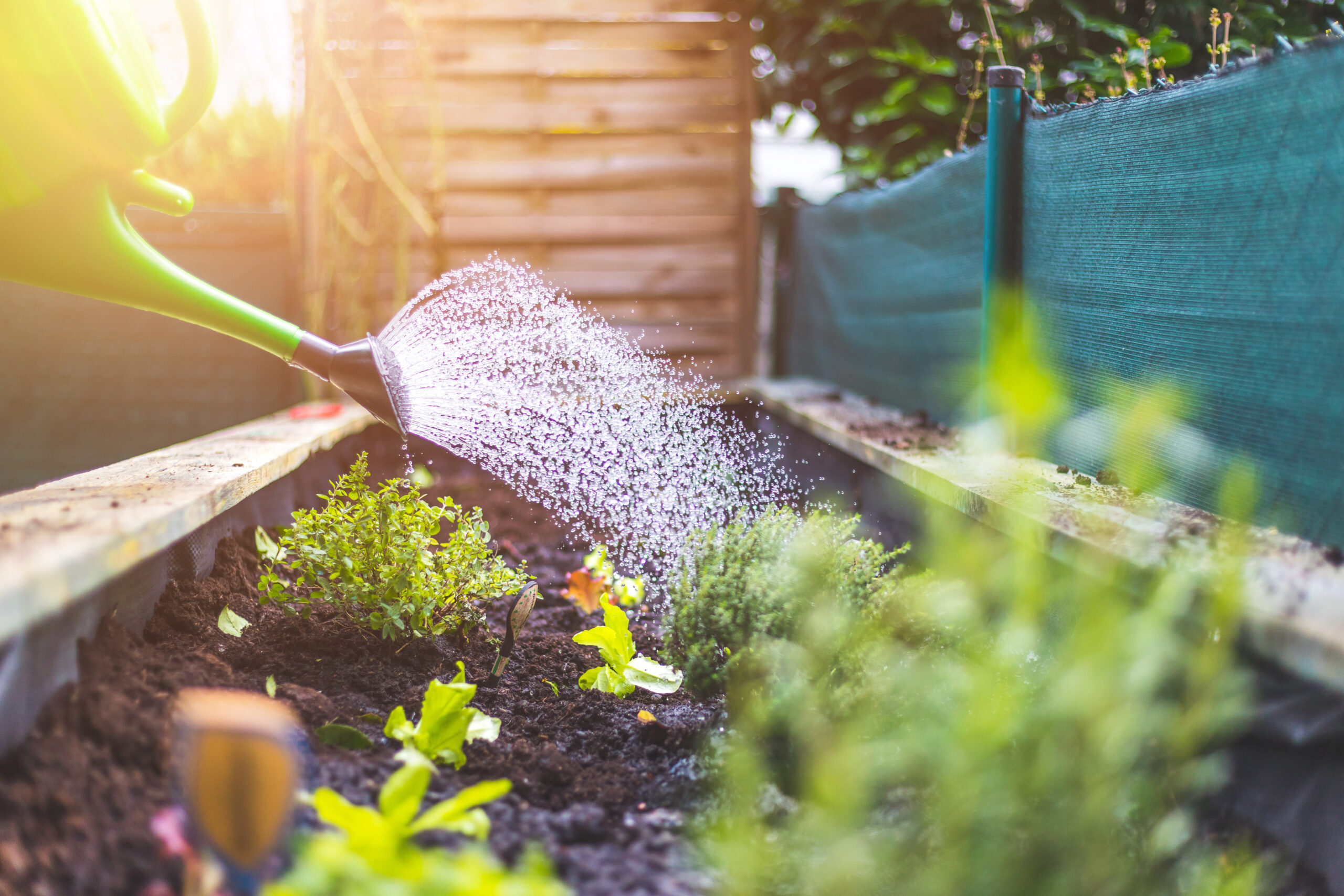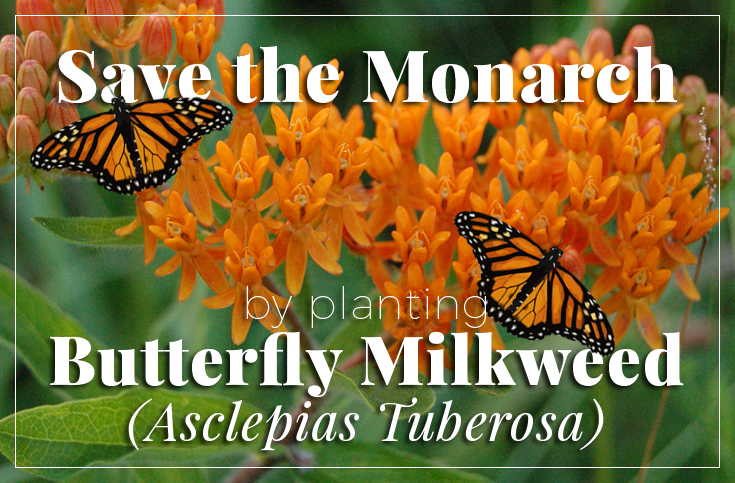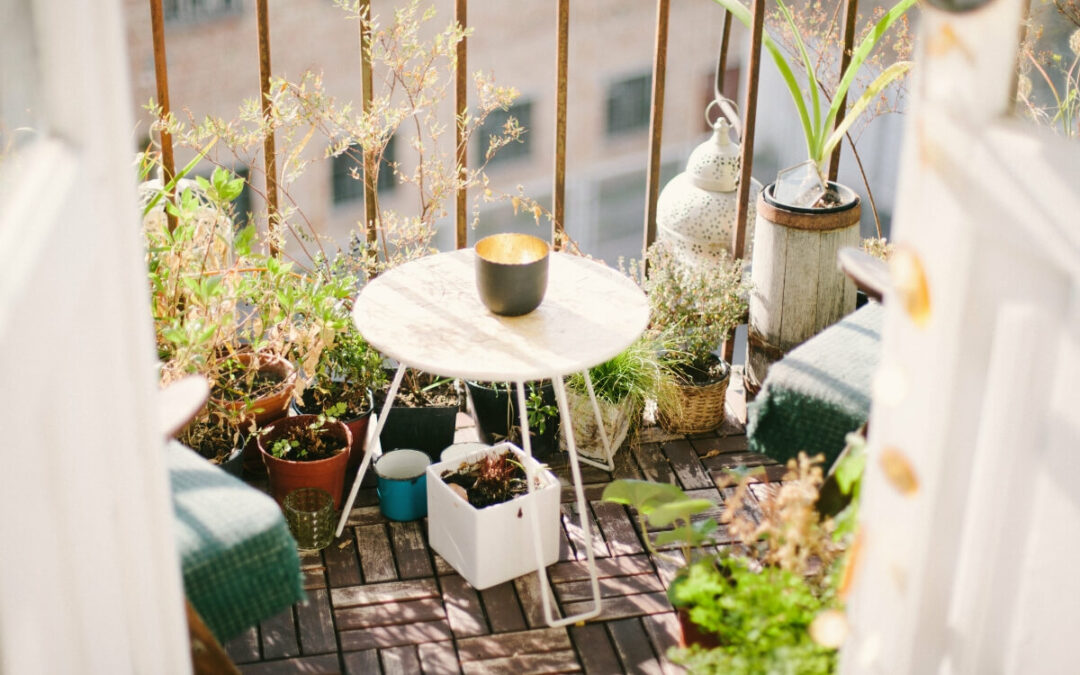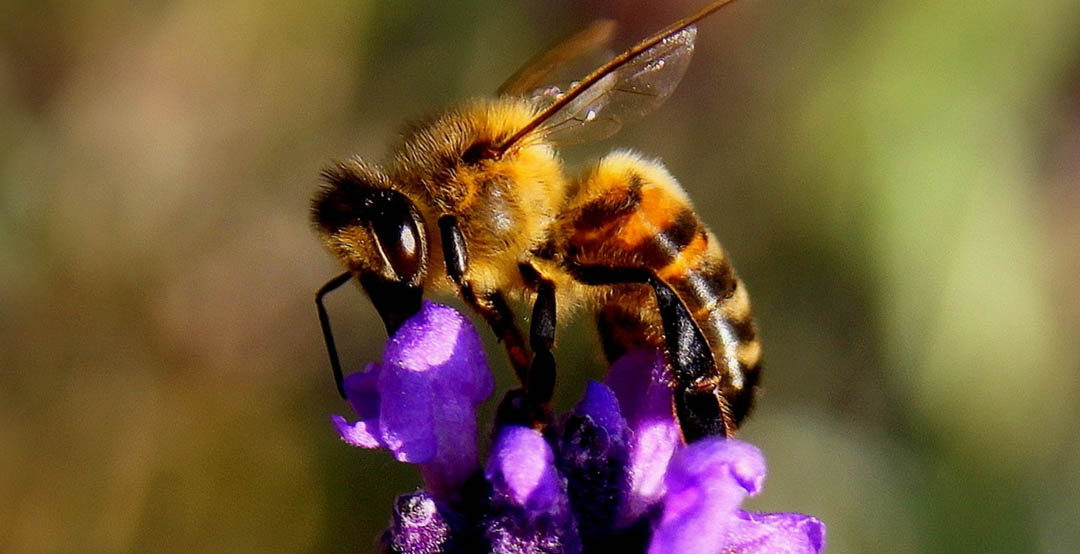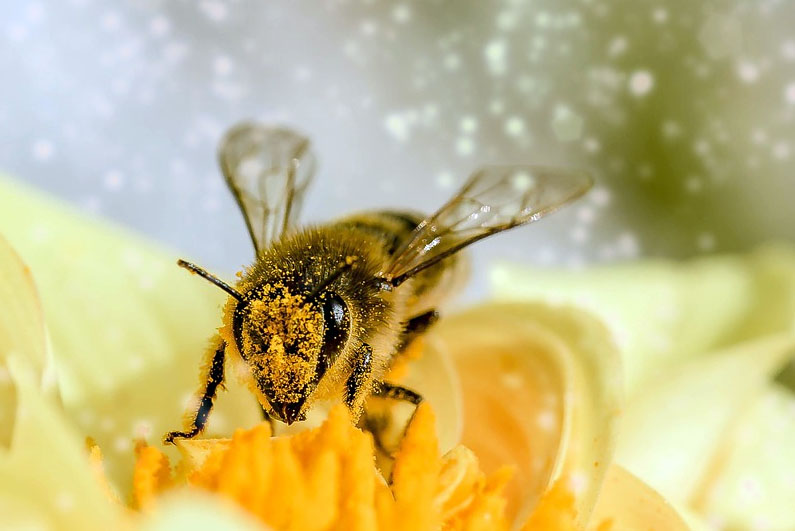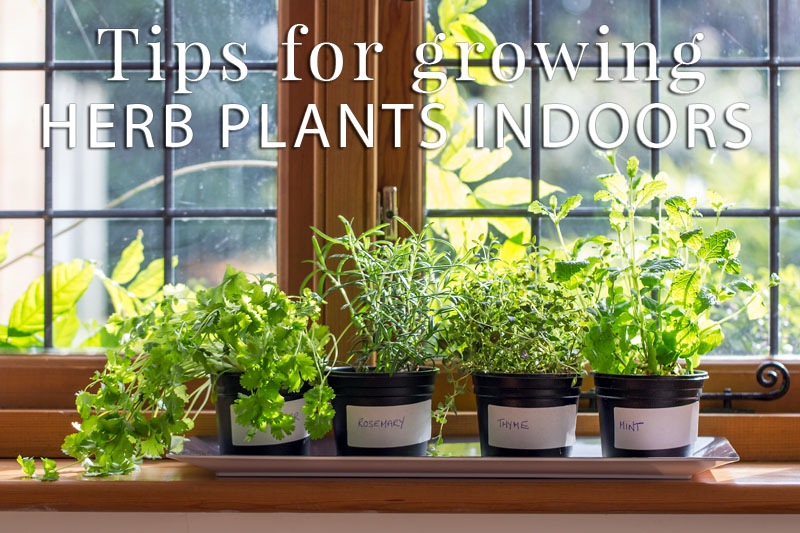
Tips For Growing Herb Plants Indoors
LIGHT:
Light is the most crucial element for their success ~ even direct light is a challenge in the winter when intensity is reduced. Your herbs will need at least 6 to 8 hours of indirect sun a day (for the most light needy herbs, the ones that say ‘bright light’ or ‘full sun’). There are those that recommend acclimating your plants to lower light by gradually adjusting them to lower light conditions. Great idea, but ‘ain’t going to happen’ in my case. My space gets morning and afternoon sun, so I am lucky in that we are talking 8 hours per day. You can use grow lights, but since I have no experience with them, a Google search is advised. You are going to see a few changes in the plants due to this decrease in light: your herbs may drop a few leaves. The plant is actually shedding its more inefficient leaves by producing more efficient leaves higher up, closer to the light source. The plant may get a big leggier as it reaches for the light. I recommend that you turn the plant periodically so that it receives light on all sides; you’ll know it is time as the plant will ‘lean toward the light’.
WATER:
‘Not too much, not too little, just right’. That is hard when they come indoors. The really trick is to find that balance. In general, begin to water LESS often and MORE thoroughly. Make sure that the soil is dry to the touch before watering, and when you water, make sure that the water runs out of the pot. Drainage is key, so make sure that you use a well-draining pot. My favorite pots are your run of the mill, red clay pot. If you plants are small, a 6” pot will be perfect. And, make sure that you are using a quality potting soil. Not making a ‘plug’ for one soil over another, but Miracle Grow makes a good indoor mix that we’ve used for a few years.
FOOD:
Although we aren’t big promoters of fertilizer ‘in the field’, we do recommend a nice supplementary feeding when your plants are confined to a pot, growing indoors. Again, just our recommendation ~ a top quality fish emulsion every 2 weeks when the plants are in their ‘grow phase’. Stinky but effective!
PESTS AND DISEASES:
No one wants to think that they are harboring these ‘nasties’ but you’ll never know what can be lurking inside. Actually, some of these pests may just piggyback on your plants as they come home to roost. Bottom line: be vigilant. I used to wait to act, but now I’m encouraging everyone to ‘be proactive, not reactive’. Herbs are more susceptible to common pests when growing indoors, so keep your eyes open for whiteflies, spider mites, aphids, mealy bugs and the WORST of all – scale insects! I’ve begun a routine of regular spraying with an insecticidal soap. If it works in the greenhouse, it should work on my sun porch. There are a number of safe and effective products out there, so take a look.
ACCEPTING THE INDOOR CHALLENGE:
I’ll be the first to admit it: growing herbs indoors is not as easy as growing them outdoors. But, rest assured, it can be done. Since I have a lot of greenhouse space, plenty of light and water and 24/7 attention, I never felt the need to grow them indoors, at home. But, over the years, as your questions about indoor growing became more numerous and specific, I began to grow more and more of them in our bright little ‘life of it’ room (named by my then 6 year old son, who on a cold wintery day, proclaimed that our warm sunny haven was ‘the life of it’) – not sure where that came from, but it stuck. Twenty -three years later, it’s still bright and sunny and filled with herbs ferns, gardenias and a lot of citrus trees and bushes.
Our room is glass, on three sides, and has an east, south and west exposure; basically we have a lot of light all day. We have an old fashioned radiator backed up by a small baseboard electric heater. I am always out there, watering, cleaning, trimming and keeping a sharp eye out for any potential pests. So, the basics: light, heat, water and lots of attention. I do a weekly spraying with a ‘safe’ pesticide made from … herbs!
The second vital component is knowing which herbs do best indoors. We try to be specific on our site, and try to provide information on why some herbs do well indoors and why others should not be grown indoors. Do yourself a favor and take our advice.
Start small and try to pick three or four of your favorites – the ones you will use. I’d suggest mint, parsley, oregano and thyme. Rosemary and lavender are a bit trickier but they can be successfully grown indoors remembering that lavenders must dry out well between waterings. A note of cautions – make sure that you don’t crowd out your plants, as good air flow between plants is a must.

